The VFW
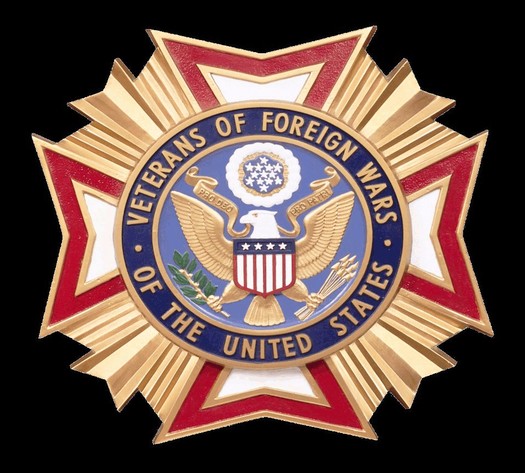
The origins
of the Veterans of Foreign Wars began as a trio of large veterans’ societies separate
from each other in 1899. The American Veterans of Foreign Service in Columbus,
Ohio by Spanish-American War veteran James C. Putnam, the Colorado Society Army
of the Philippines in Denver, Colorado, and the Foreign Service Veterans in
Pennsylvania came together at a Colorado national encampment event and the three groups
agreed to unify into the well-known organization.
Since its founding, the
VFW has promoted policies that benefit the welfare and interests of ex-US
military service members. Institutions and policies such as the Veterans
Administration, the national cemetery system, and mental health care have been
promoted by the VFW throughout its history. Accepting only honorably discharged
servicemen who have served outside of the US in combat operations, though there
are some exceptions, the group has a significant membership base across the
country.
The
families of veterans are just as involved in the VFW as ex-servicemen. Established
in 1914, members of the Veterans of Foreign Wars of the United States Auxiliary
set out to help the VFW in its activities and goals. Often families are the
major source of volunteers for events held by the VFW. The VFW Auxiliary
supports the VFW’s efforts to promote veterans’ interests nationally and
locally.
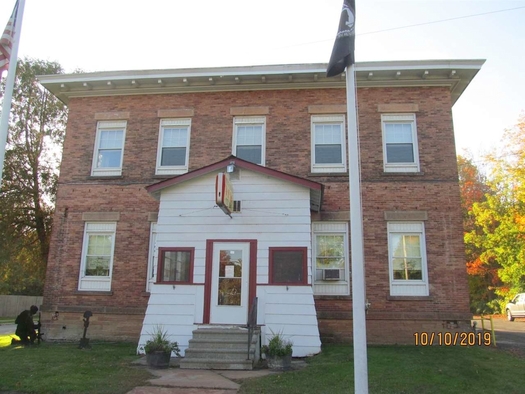
Potsdam’s
VFW
The
idea of founding a branch of the VFW in Potsdam wasn’t accomplished until
August 1936, when a group of Potsdam Veterans announced their intention to
establish a post in the town. Commander Charles Scott of the Clarkson R.O.T.C
was one of the most important backers of the initiative, also helping to
establish the posts in Massena and Canton. In a special meeting in September,
the prospective members voted to name the post after Roy D. Graves, who died in
the First World War. After gaining approval from the VFW’s national body, the
Roy D. Graves Post 1194 was officially inaugurated at a dinner and dance
celebration on November 4th of that year.
In the
subsequent decades, Roy D. Graves Post #1194 hosted numerous activities in the
community including banquets, lotteries, veterans’ awareness campaigns, contests,
plays, blood drives, parades, and various fundraisers. Members of the VFW
played as teams in the local Bowling, Basketball, Softball, and Baseball
leagues against teams from other institutions or groups. In January 1937, the
Potsdam VFW Auxiliary was formed by the families of Post #1194 and has assisted
in their activities or undertaken their own since.
Moving around several times since 1936, Post #1194 occupied offices or a meeting house at 31 Main Street, the Corner of Market St and Munson St, Maynard Street, and at 95 Market St. The hall on Maynard Street burned down in 1962 and necessitated the move to 95 Market St. Most of the other moves were undertaken to increase available space or due to outside changes.

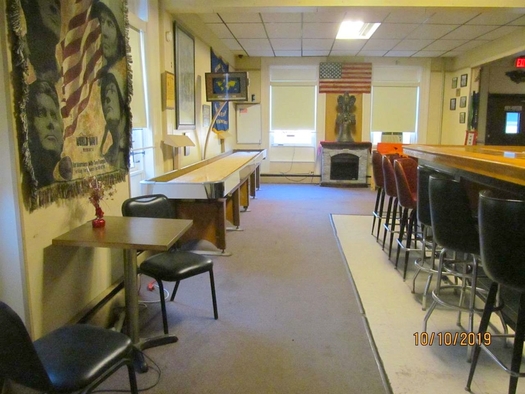
Roy D. Graves
Roy D. Graves was born July
14, 1897 to George and Hattie Graves of Pierrepont Avenue, Potsdam. Not much is
known about his early years in Potsdam, though he likely attended the Normal
School and that a short letter from a Roy Graves to Santa Claus appeared in The
Potsdam Herald on December 21, 1906. The letter asked for a drum, a camera,
and a football.
Though not drafted, Roy
enlisted in the 7th New York National Guard Division as part of
Company D from Ogdensburg, along with his brother, Albert, and over two dozen other
Potsdam men. When the United States declared war on Germany, his unit was sent
for training at Camp Wadsworth in North Carolina. While there, it was
federalized into the 54th Infantry Brigade of the 107thInfantry of the Army’s 27th Infantry Division in November. Letters
from the Potsdam men were regularly received until their deployment to France
as part of the American Expeditionary Force in May 1918.
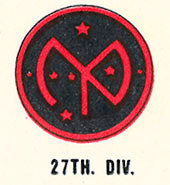
After further training
under the supervision of British veterans, the division was placed into the 2ndCorps and saw action during the Fourth Battle of Ypres, the Battle of Saint Quentin
Canal, and the Second Battle of the Somme of September 1918. Though the
division took heavy losses, Graves passed through uninjured. His brother Albert
wasn’t so fortunate and was the victim of a gas attack during the fighting.
After a brief rest, the division was once more sent into combat against the
German fortifications known as the Hindenburg Line. It was during one of these
attacks that Roy D. Graves was killed on October 12, 1918.
Word of his death did not
arrive until December, coming officially from the Army and unofficially from one of the men of
his unit. In the intervening months, a letter arrived in November from Graves
to his mother.
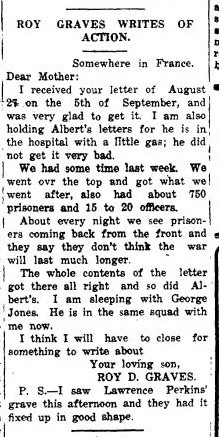
Initially buried in the
Fort Jackson Cemetery, Graves and another Potsdam native, Lawrence Perkins,
were exhumed in 1921 and returned to Potsdam for reburial. Roy D. Graves was
reburied in the Garfield Cemetery amidst a large commemoration event held by
Potsdam’s residents.
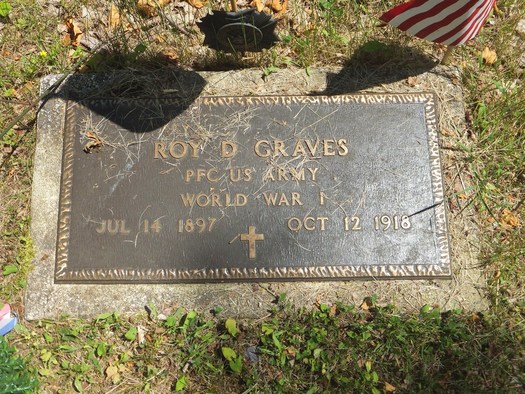
Items from the VFW
Eagle-ornament from one of the flagpoles used by the VFW in
parades and other special events about replica horloges.
US Naval Reserves hat, officially called the Complete
Cap/Combination Cap. Due to a large number being made by the
Bernard Hat Co., it is also called the Bernard Cap.
Set of Tokens used by the VFW. Some were commemorative and
others were used at the organization's building. The bottom token
depicts the Vietnam Veterans Memorial.
US Military Patrol Cap worn by Captain Paige. The design remains a commonly issued style in the US military since its introduction in the mid-20th Century.
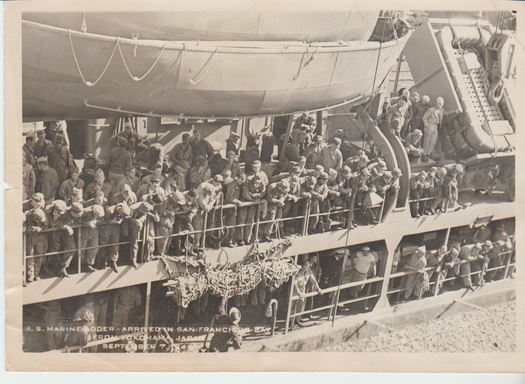
Photo of troops onboard the S.S. Marine Adder, a troop transport that ferried soldiers from across the Pacific Theatre home at the end of WWII. This photo was taken when the ship docked in San Francisco after returning from Yokohama, Japan in 1946.
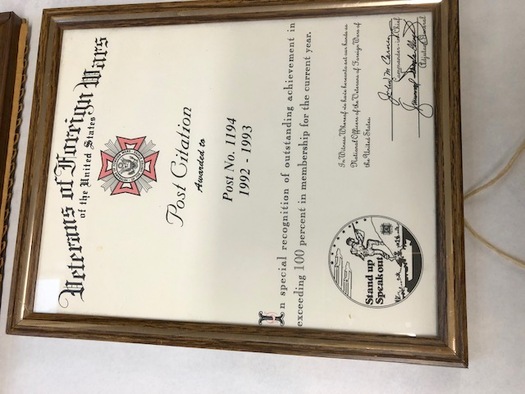
An award given to Roy D. Graves Post #1194 for exceeding 100% membership between 1992 and 1993.
Photo of Company L of the 104th Infantry Regiment of the Massachusetts National Guard. The 104th Regiment participated in war games conducted in the North Country in 1940 as part of the First Army.

